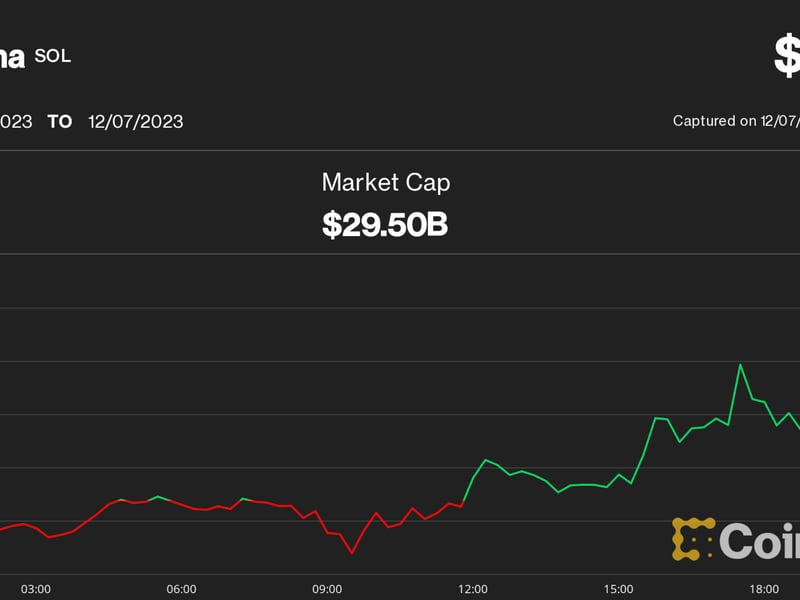Access to DeFi Opportunities Is Under Threat From Within. Automation Can Help
This post is part of Consensus Magazine’s Trading Week, sponsored by CME. Kristi Põldsam is the co-founder of Sommelier, an automation platform for digital assets.
Decentralized finance, or DeFi for short, has a problem.
We set out with the aim of making finance transparent, non-custodial and most importantly widely accessible. While we’ve seen promising use cases of cryptocurrencies in countries battling inflation, among those sending cross-border remittances, enabling basic payments is a far cry from achieving the true democratization of DeFi.
What we have witnessed in the world of DeFi is a rapidly shrinking set of actors reaping the lion’s share of the benefits. To illustrate this, consider the case of Uniswap. V1 of the protocol set a level playing field for people looking to generate returns on their capital through providing liquidity for swaps on the platform.
Liquidity providers (LPs) simply deposited assets, and the AMM (automated market maker) supplied that liquidity across the full range of possible prices at which the assets in the pool could be traded.
However, there was a problem: LPs were consistently losing money due to impermanent loss. This called for a revamp of the AMM design, leading to the emergence of Uniswap V3. In this latest iteration, LPs can provide liquidity within specific price ranges, known as “ticks.”
While this innovation enables more precise market-making, it comes at a cost: LPing on Uniswap V3 is now a complex endeavor demanding extensive expertise and time commitment. Consequently, only a handful of professionals dominate the majority of the platform’s trading volume.
We have to create a layer on top of DeFi “primitives” like Uniswap (for trading), Aave (for lending), dYdX (for perpetual swaps).
This tension between efficient market creation and a concentration of profits in the hands of a select few poses a challenge. While we aimed to build DeFi protocols that promote widespread adoption and align incentives, we find ourselves mirroring the traditional finance system if only a handful of experts reap the benefits of these intricate systems.
Having spent nearly a decade working on Wall Street, I saw this pattern unfolding from a mile away. Fortunately, although the trend toward complexity favoring a select group is inevitable, restricted access to these opportunities is not.
The solution lies in automation. We have to create a layer on top of DeFi “primitives” like Uniswap (for trading), Aave (for lending), dYdX (for perpetual swaps), and so on. This layer should automate intricate processes such as managing concentrated liquidity positions, allowing users to deposit their capital and gain exposure to potentially profitable activities with ease.
What does that automation layer look like in practice? Vaults. Over the past year, we’ve witnessed the proliferation of ERC-4626 vaults on Ethereum and various layer 2 solutions. These vaults range from simply holding a portfolio with a basket of assets to actively managing LP positions, taking on leverage, and executing arbitrage trades.
The most exceptional vaults achieve all this while ensuring that users maintain sole custody of their assets.
In the end, there might still be only a handful of actors directly interfacing with DeFi primitives. However, when these actors are vaults rather than private entities, the landscape transforms. Instead of private market makers monopolizing LP profits on decentralized exchanges, vaults can assume the same role while distributing those profits to a broad base of depositors in the vault.
This is the crucial automation layer that DeFi desperately needs. To steer DeFi back on course and realize the ideals of self-custody, transparency and accessibility, this is the path forward.









